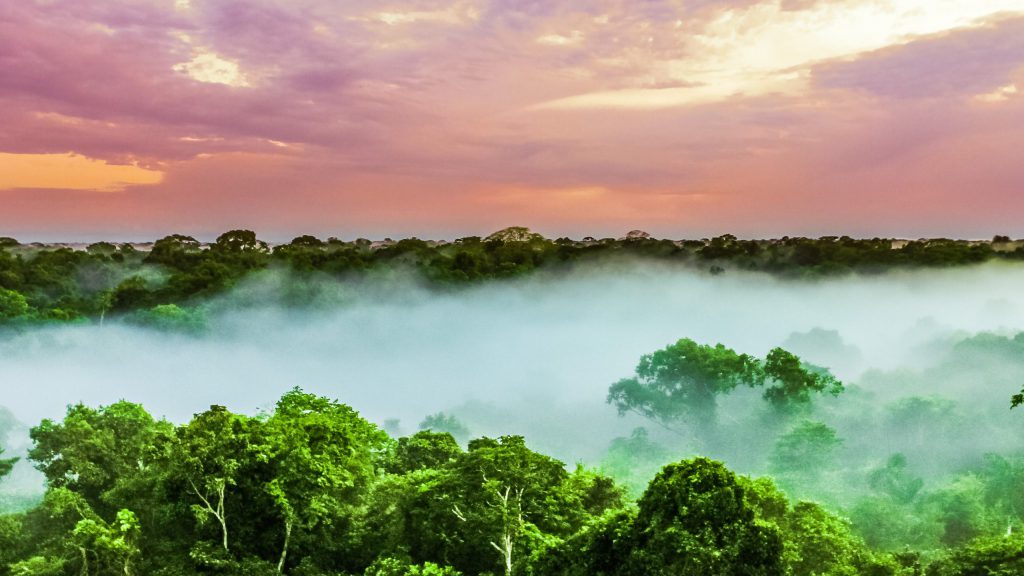
This week, as he reinforced his commitment to the conservation of the Amazon at the World Economic Forum, Brazilian vice president Hamilton Mourão met with representatives of the mining sector seeking to regulate current illegal operations in the Amazon, and mineral exploration in protected areas.
The Amazon has more than 4,470 illegal mining sites
The effects on indicators such as health, education and GDP per capita are brief, ceasing to exist between three and five years, reveals the study “What is the real socio-economic impact of gold and diamond exploration in the Amazon?”, prepared by an interdisciplinary team of specialists led by Carlos Manso, a researcher at the Federal University of Ceará state and release by the Instituto Escolhas.
“Mining exploration has only a temporary effect since the activity is not capable of altering important indicators for the municipality,” Instituto Escolhas manager Larissa Rodrigues said in the report.
“Last year, we surpassed 100 tonnes of gold extraction in Amazon, raising almost $5 billion. Who is this wealth with? What remains is a trail of environmental destruction and a sick and uneducated population,” Rodrigues said.
Hospitals in the Brazilian city of Manaus – Amazonas state capital – have reached a breaking point while treating covid-19 patients in January, amid reports of severe oxygen shortages and desperate staff.
“Nobody wants a poor, uneducated and sick population. So, why is there so much pressure to open indigenous lands or conservation units? The results show that, instead of investing in an activity that is not bringing development to people, we should invest in new development alternatives,” said Rodrigues.
The Amazon has more than 4,470 illegal mining sites, more than half of them in Brazil, according to a report published last year by nonprofit group Amazon Geo-Referenced Socio-Environmental Information Network.
To date, only 26% of the country’s territory is mapped for exploration, according to the Geological Survey of Brazil. In the Amazon, geologic knowledge is even less.




